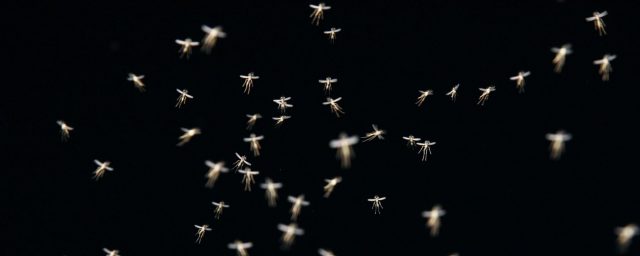MI weekly selection #319

Large-scale testing of biotech mosquitoes begins
Italy-based scientists have begun large-scale testing of biotech mosquitoes in a controlled laboratory that mimics their natural environment. The biotech mosquitoes have the doublesex gene mutation, resulting in malformed reproductive organs that prevent female mosquitoes from laying eggs and mouths more like those of male mosquitoes that are incapable of biting or spreading diseases.
4 molecules added to create synthetic DNA
Scientists have created a synthetic DNA whose code contains four extra letters Researchers added the synthetically made P, B, Z and S to the usual molecules of A, T, G and C.
Nanoscale patterns to be cut in graphene without compromising its electrical properties
Researchers encapsulated graphene within hexagonal boron nitride, a 2D insulating material, then poked nanoscopic holes measuring 10 nanometers across in the layer with electron-beam lithography. “Looking solely at electronics, this means that we can make insulators, transistors, conductors and perhaps even superconductors, as our nanolithography can preserve the subtle inter-layer physics that was recently shown to lead to superconductivity in double-layer graphene,” said Peter Boggild, one of the authors.
Lab experiments to quicken carbon sequestration using magnesite
Scientists have discovered a method to speed up the growth of magnesite in a laboratory, which could be used to quicken carbon sequestration. Researchers studied natural magnesite formations to determine how to replicate the process in the lab.
Tiny Neptune moon was destroyed, put back together repeatedly
Neptune’s tiny moon Hippocamp was likely created by an impact to the larger moon Proteus about 4 billion years ago, with nine subsequent cycles of being destroyed by impacts and restored by gravity. Researchers say each successive re-formation has put Hippocamp into an extremely circular orbit with little chance of more destructive collisions.